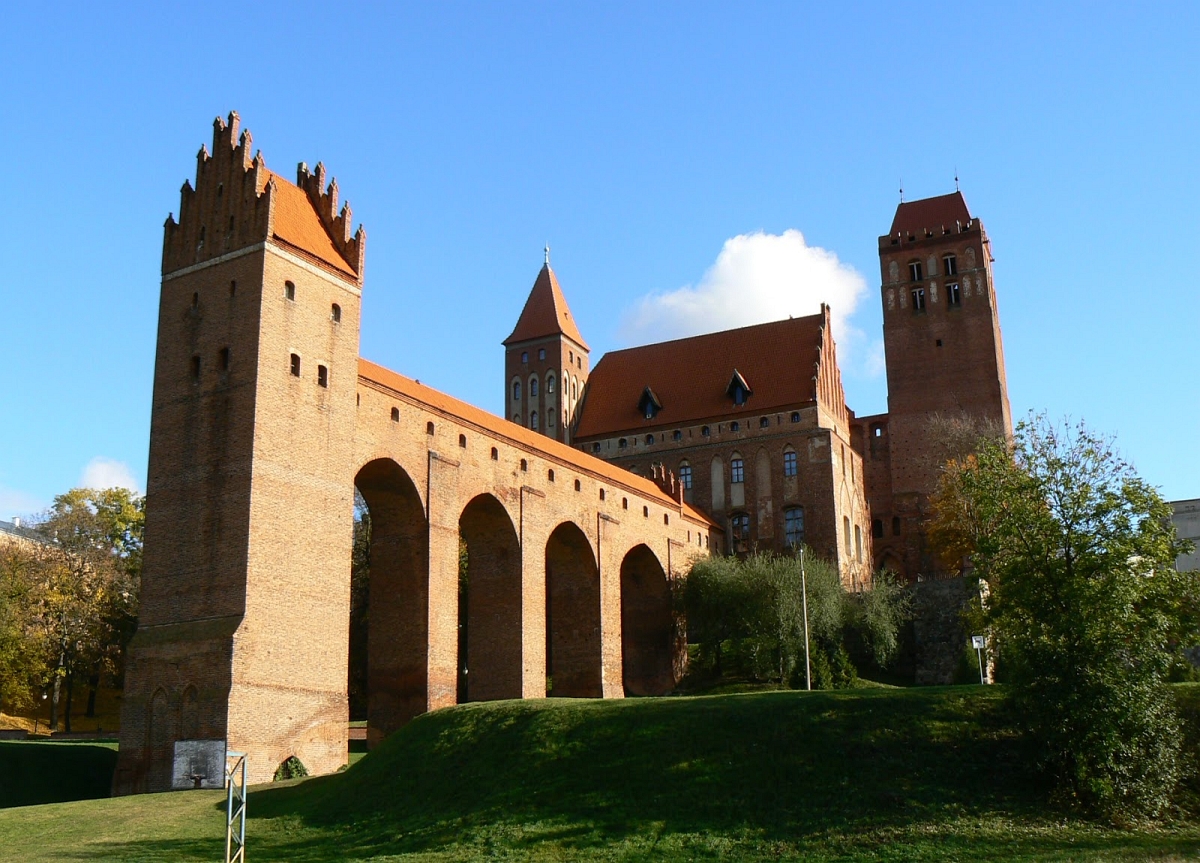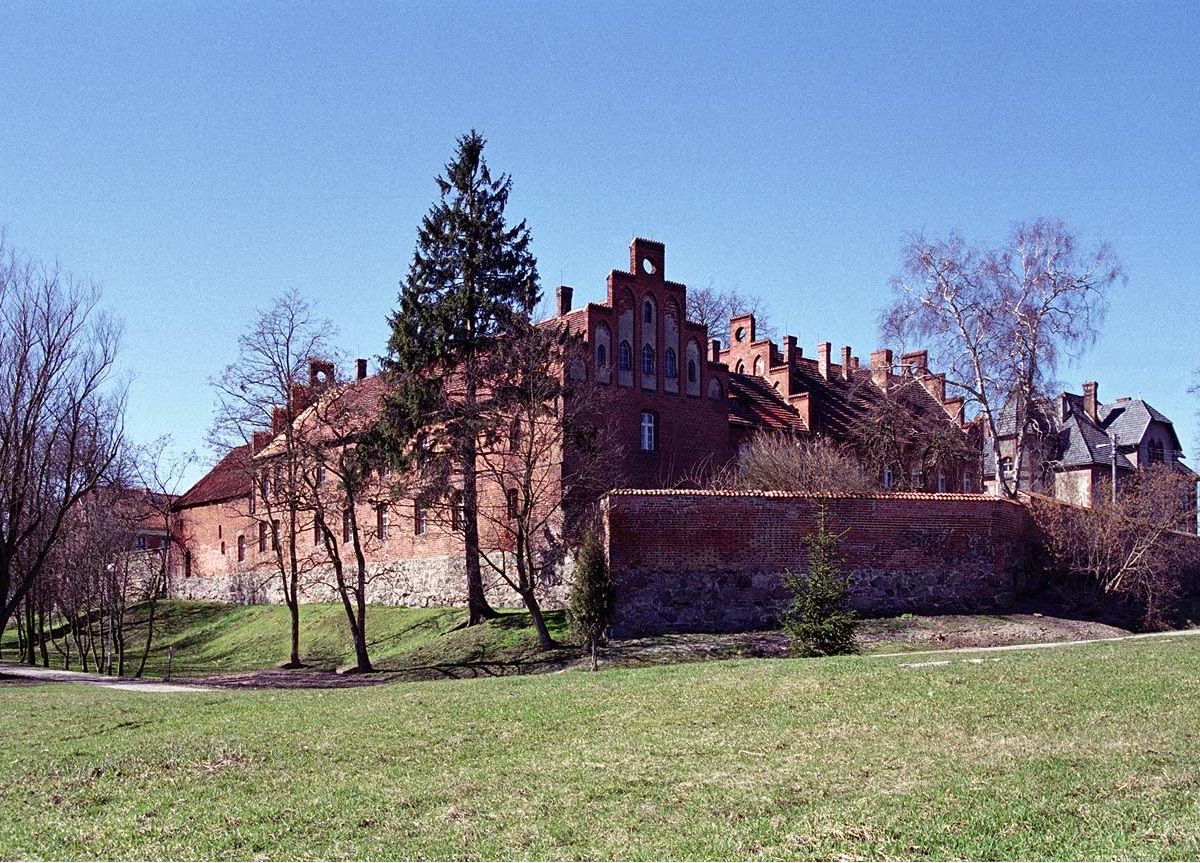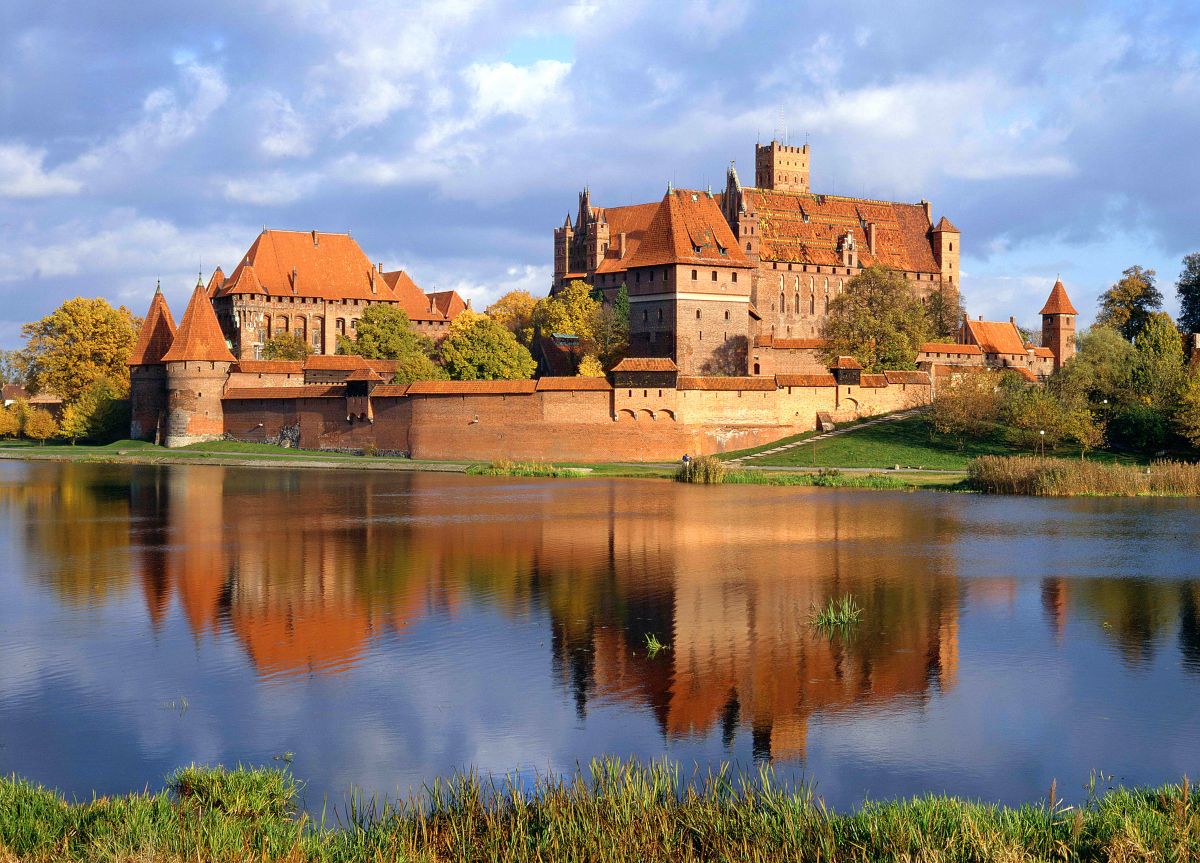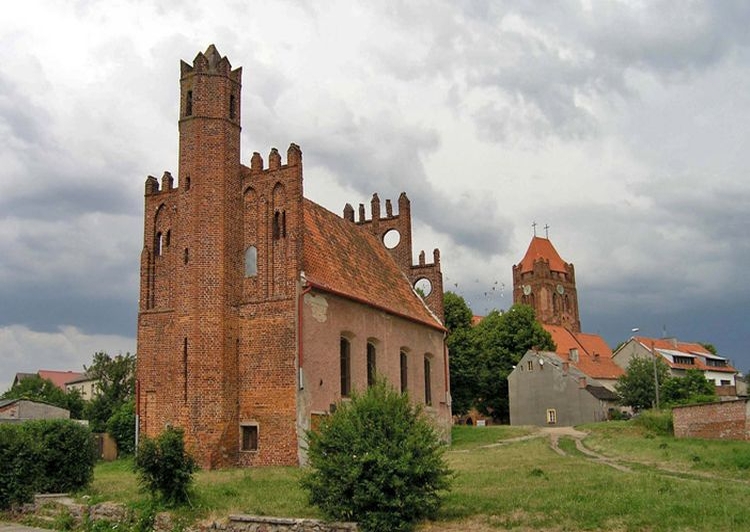Biały Dwór - perfect place for a relaxing holiday
Do you want to get away from the city bustle? Are you looking for peace and quiet?

Here you will come across wonderful forests, picturesque riverside meadows and cut up with ravines high banks of the Vistula valley.
When you are fed up with admiring the nature, you can choose to meet the fascinating history, since you are almost in the centre of the bygone state of the Teutonic Order. The manor is only 8 km from the old episcopal town of Kwidzyn, and a little over 30 km from the former headquarters of the Teutonic grand masters in Malbork.
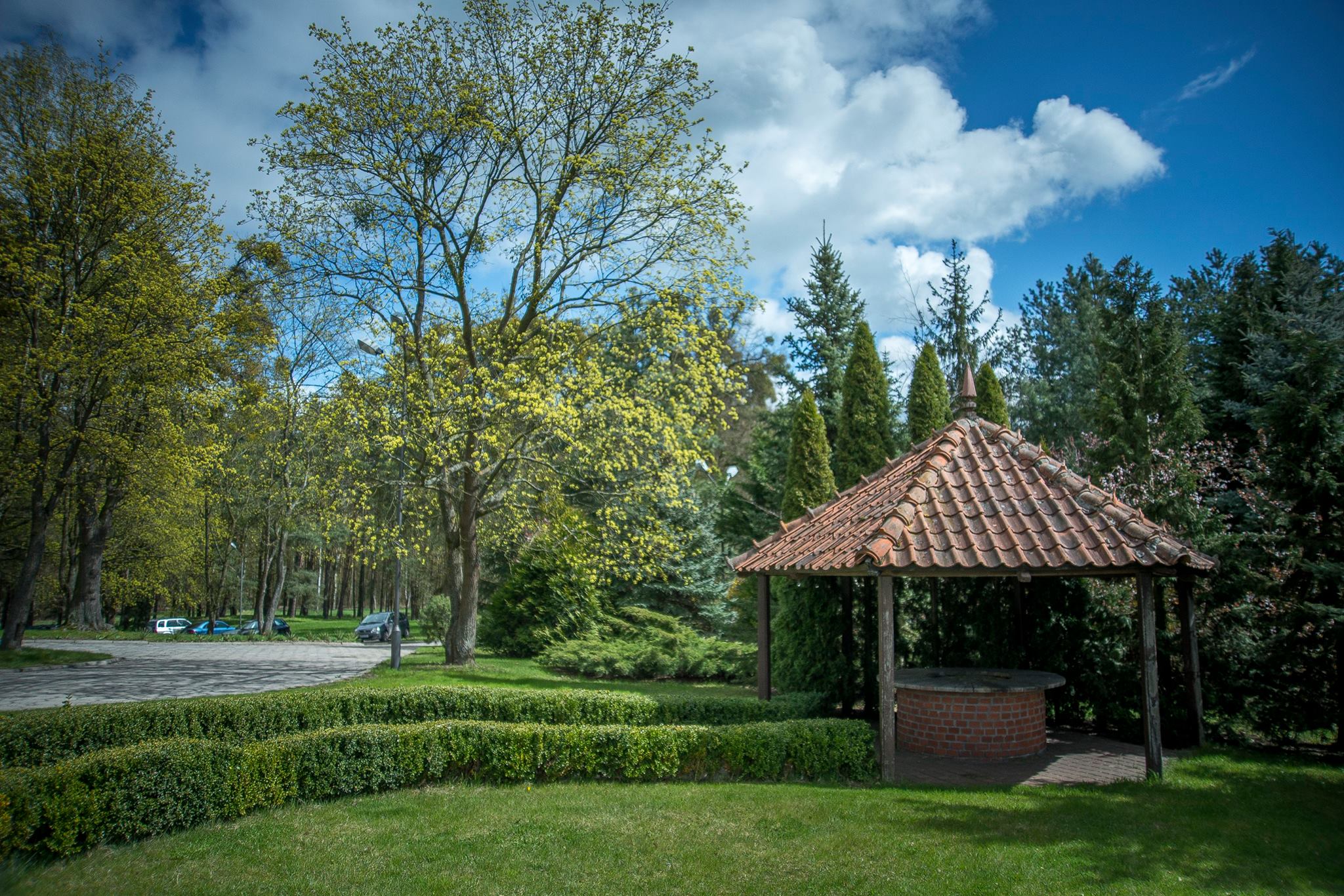
A meeting with a fascinating history at your fingertips!
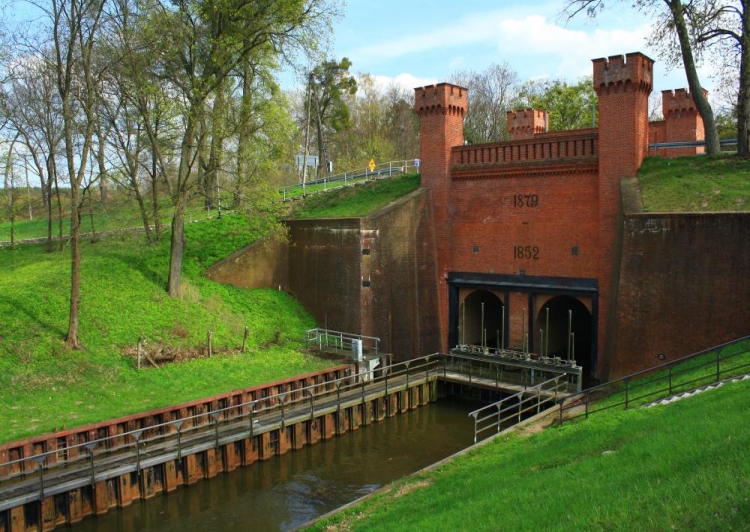
You should not miss Biala Góra, where the slow Nogat River disjoins the Vistula. There you can see an interesting system of the 19th century locks and also find out why in old engravings Malbork castle is situated 'on the water'.
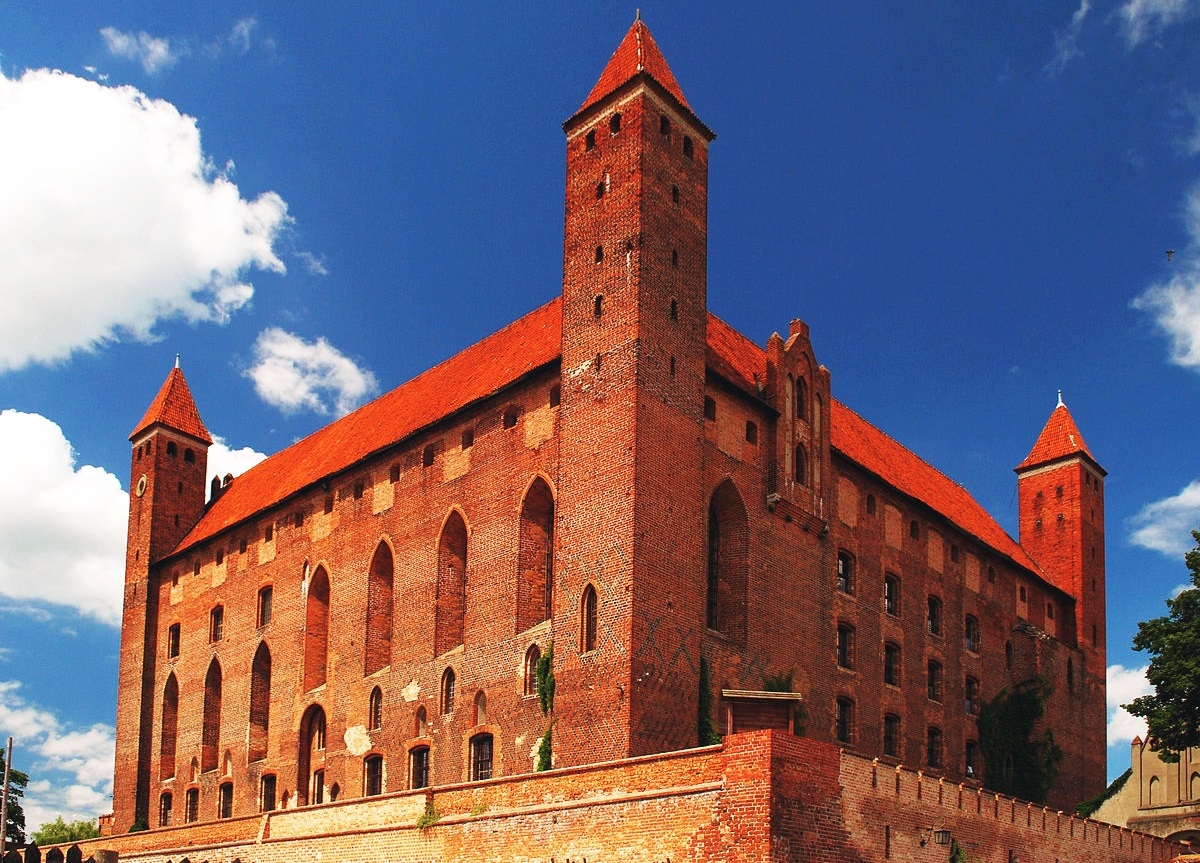
On a fine day when you look from the park to the west towards the Vistula, you will see a huge silhouette of the Teutonic commanders' castle in Gniew.
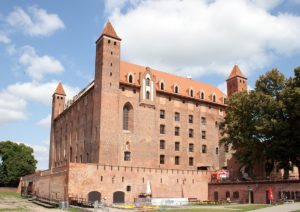
It is one of the medieval fortresses which is not a dead museum. There you can take a trip to the past, find out what the castle inhabitants' life looked like in the bygone centuries.
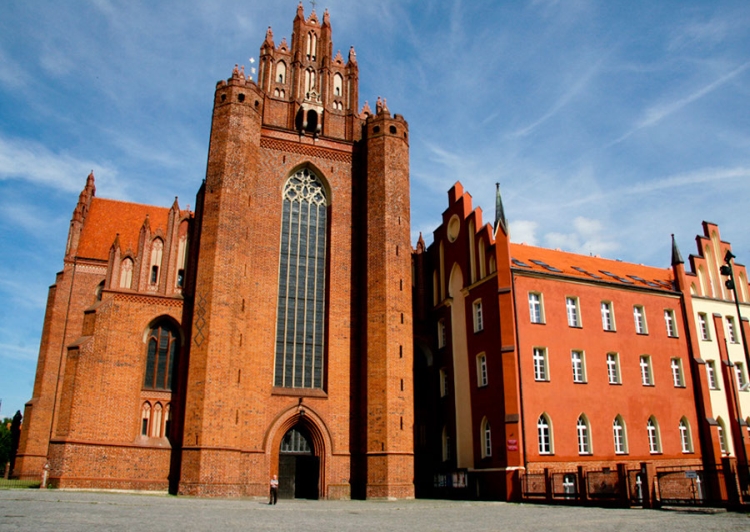
When you leave Gniew it is worthwhile to take a round-about way and visit old Pelplin with its monumental complex of former Cistercian abbey.
Przeżyj niepowtarzalną przygodę na szlaku zamków krzyżackich:
Cathedral in Kwidzyn
In 1233 the Teutonic knights conquered a Prussian settlement. At the beginning of the 14th century a castle of the Pomezanian Chapter was built at the edge of the Vistula’s high bank. In the years 1343-55 a cathedral was added and thus - together with a fortified outer castle - a huge defensive complex was constructed. Already in1254 the neighbouring settlement was granted a town charter. Till 1525 Kwidzyn was the capital of the Pomezanian diocese. The castle was partly pulled down in the years 1772-98. Nowadays it houses a museum. You should also see: St. John Evangelist’s Gothic cathedral, remains of the medieval defensive walls, Wilhelm Fermor’s neo-Classical palace built in the years 1757-1763.
Castle in Gniew
In the 11th century there was quite a big Pomeranian borough there. At the beginning of the 13th century it became the property of the Cistercians from Oliwa, and from 1276 it belonged to the Teutonic Order. The construction of a brick castle began around 1282. Fifteen years later a nearby settlement was granted a town charter. The 14th century was the time of extensive growth of the borough – among the others a church and a town hall were built within the town walls. After the Treaty ofToruńin 1466 Gniew was incorporated into Poland. Apart from the castle, which today is a place bubbling with various events referring to the old times (tournaments, battle staging, demonstrations of forging, weaving, pottery, etc.), these are also worth seeing: the 14th century St. Nicholas’ church, medieval houses with arcades, the 19th century town hall built on the 14th century foundations, medieval layout of the town with fragments of its defensive walls.
Castle in Sztum
A small town situated on a neck of land between two lakes. The construction of the castle began around 1326. The foundations of an old Prussian borough captured by Herman von Balk in 1236 were used in the new design. A huge seven-storied tower called Prison Tower overlooked the fortress. The castle was the seat of the governors subordinate to the commander in Malbork. In 1416 the neighbouring settlement was granted a town charter. The entrance gate, fragments of the walls and part of the Prison Tower have survived up to this day. Other things worth seeing: remains of the defensive town walls (15th century), St. Anne’s church (turn of the 15th and 16th centuries).
Fortress in Malbork
The castle complex upon the Nogat River is regarded as the world’s most magnificent example of the medieval defensive-and-residential architecture. The construction began around 1274. At the end of the 14th century the whole fortress consisted of three powerful castles – High, Middle and Lower – and a fortified borough (town charter since 1286). In the years 1309-1454 Malbork was the capital of the Order’s state. Today the castle houses a museum. Apart from the castle there are other sights worth visiting: the late 14th century Gothic town hall, the 15th century water mill, medieval town walls with Sztum and Potter’s Gates, late-Gothic St. John’s church.
Biała Góra
A picturesque and slightly wild place. In the Middle Ages it was one of the most important crossings from Pomerania to the Prussian lands. Somewhere nearby was legendary Zantyr, granted to the missionary Bishop Christian. It is where the Nogat River branches off, and the Vistula Delta begins. Often and sudden changes in river channels influenced the economic situation of boroughs dependent on the rivers - especiallyGdańskandElbląg. Nowadays it is difficult to imagine that at the beginning of the 16th century almost 87 per cent of the water flowed into the Nogat. However, several dozen years later the Nogat began to get dry and in 1553 they had to dig the first canal in the neighbourhood of Biała Góra to save the navigation towards Elbląg. The change was really dramatic because the Vistula dried almost completely. Dams, embankments and locks built in the following centuries restored the normal state. The oldest preserved hydrotechnical devices date from the mid-19th century. Today only a little over 3 per cent of the Vistula’s water flows in the Nogat.Biała Górais a perfect vantage point. Other things worth visiting in the neighbourhood: a nature reserve in Piekło (the flora of the steppes), remains of the fortifications from the World War II.
Gród pruski w Prabutach
That old Prussian borough was captured by the Teutonic knights in 1236 and in accordance with the papal bull it was granted to Pomezanian bishops in 1243. In 1277 the construction of a castle began. It was meant as a residence for the bishop and his officials. In 1330 the borough was granted a town charter. At that time it was already surrounded with walls. The construction of the church, which was modelled after the cathedral in Kwidzyn, started in the mid-14th century. After the secularization of the Teutonic Order’s state in 1525 the town lost its importance. The castle has not survived to our times, but from the old town we can still see: St. Adalbert’s Gothic church, parts of the defensive walls with Kwidzyn Gate (1330), fragments of the 18th century waterworks.
Cathedral in Pelplin
The Cistercian abbey was founded in 1276. The basis for its foundation was Duke Sambor’s endowment for the monastery in Doberan (1258). In 1260 it was confirmed by DukeŚwiętopełk. The church was built in stages till the end of the 13th century and at the same time a monastery complex was constructed. From 1308 it was in the Teutonic hands. In 1823 the abbey was dissolved. A year later when Pelplin became a seat ofChełmnoDiocese the former Cistercian church was transformed into a cathedral. You can also see there: Corpus Christi parish church from the 15th century, Gothic monastery complex ,the 19th century bishop’s palace on the Wierzyca River, collection of medieval art in the diocesan museum.









